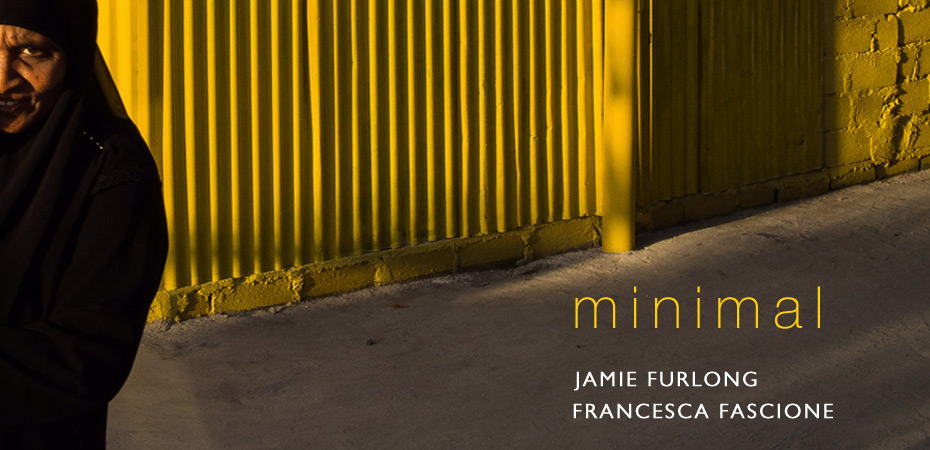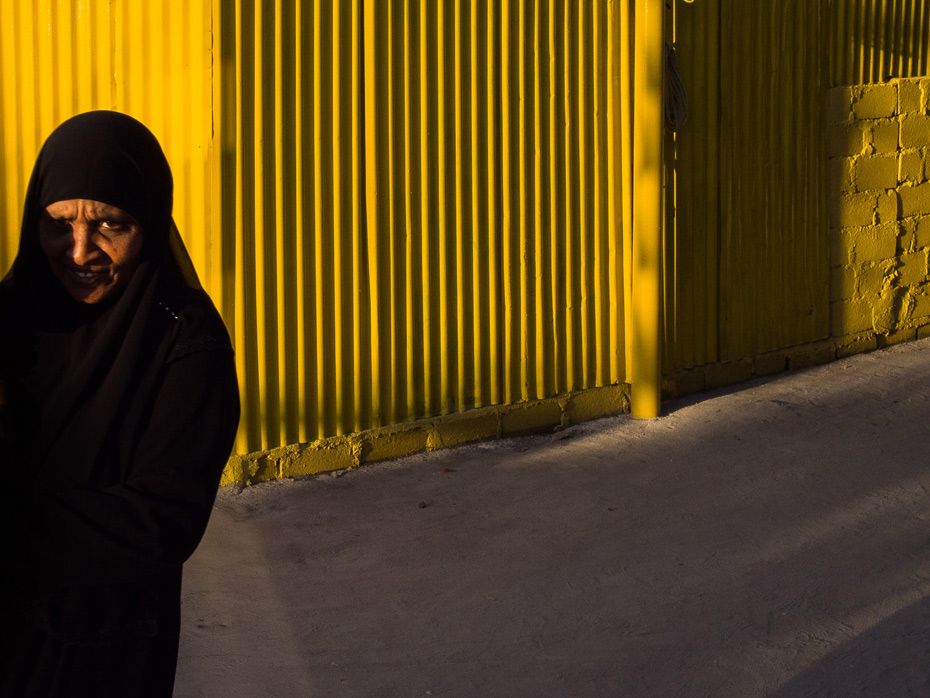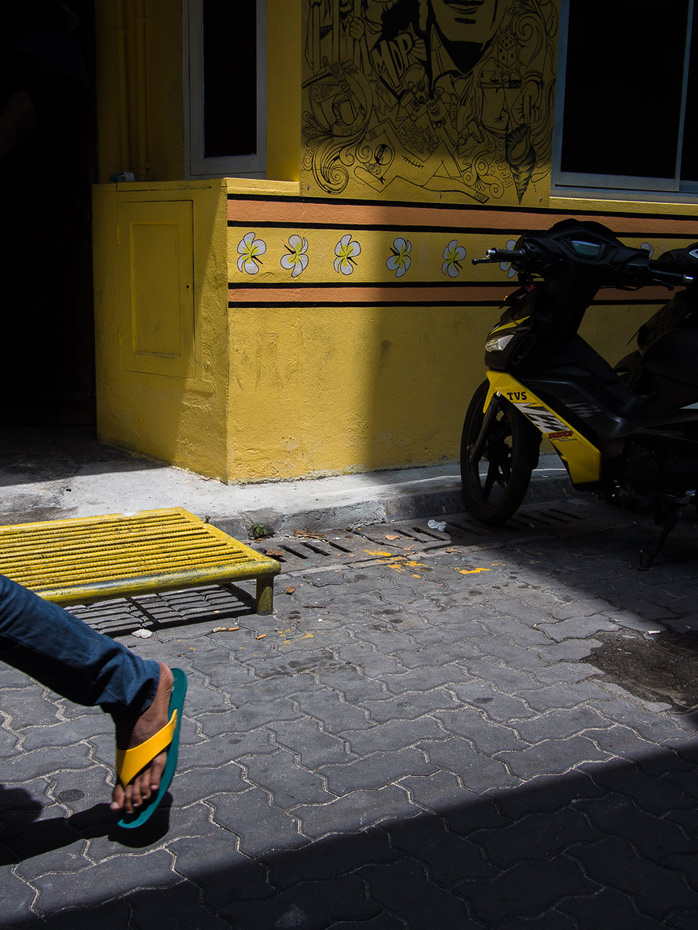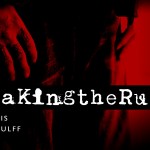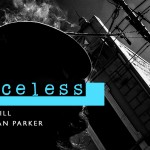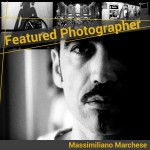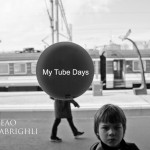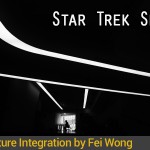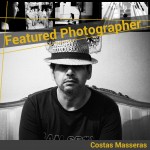Minimal | Jamie Furlong and Francesca Fascione
The third collaboration series by Urban Picnic featured on Street View Photography. In this article Jamie Furlong talks with Italian photographer Francesca Fascione. The series of street photos below are based on the idea ‘Minimal’, and taken in April/May 2013
Francesca Fascione: Jamie, you are a traveller and you’ve seen many places, is there a place you prefer for street photography? Which is the city that gave you the best inspiration?
Jamie Furlong: I spent three years in Cochin, a sprawling, industrial, working city in south India, and met many local photographers there. It was around this time that I made the transition from travel to street so I have to give this city and its people props for inspiration (and for their hospitality). For some reason I also have a lot of great street stuff from Jaipur. I get a buzz from anywhere that’s chaotic, something that India excels in!
Francesca Fascione: From your photography it’s clear you love to portray people. What features of a person make a good subject for pictures ?
Jamie Furlong: I like slightly macabre, amusing facial expressions. The more bizarre, the better. I prefer interesting to beautiful when it comes to portraits, so if the viewer looks at one of my images and asks “what the hell?”, then I’m happy.
Francesca Fascione: Literally to photograph means to write with the light. Even if street photography is a photographic kind that can take the liberty of breaking the rules and playing with other aspects of situations, what is the importance of light in street photography, and particularly in your photographing?
Jamie Furlong: Lighting has become more important to me than ever, especially as much of my stuff is now shot with a flash. For this project, however, I made a conscious decision not to go stroboscopic and instead use the strong light and shadows here in the tropics. If you examine your favourite photographs and ask “was the lighting important in making this shot?”, the answer will almost always be “yes”.
Francesca Fascione: What’s the picture you dream to take? and also someone else’s you admire?
Jamie Furlong: That’s difficult to answer. The images I take are different to the ones I admire. Steve McCurry has always been an inspiration and there are two of his images that spring to mind. One is of an old man walking past an ox. He’s stooped so low his hunched back reflects the hunch of the working ox behind him. The other is of a boy running off down a backstreet in Jodphur, the Blue City, with red hand prints leading into the picture. Both these images bridge the gap between street and travel, and those are the shots I should be taking, being in my position. I’d love to ask McCurry about his thoughts on these images, how they could be deemed ‘street’. I think he’d laugh! At the other end of the scale is Gilden’s work (I do like his Coney Island collection), and Martin Parr’s subtle social commentary is fabulous. Location and context are key to all these photographers’ work, something I constantly remind myself when out shooting. Of course I’ve just mentioned some of the big names in photography whose work I’d love to take, but there are some fantastic contemporary photographers on the scene at the moment. We see a few of them on UPSP who are exceptional.
Francesca Fascione: I believe street photography originates from a particular sensitivity to the world, and from the curiosity to investigate in a personal way the reality around us. Which of the many aspects of street photography dramatic, ironic, ambiguous, surreal, emotional, comic, tragic- do you prefer in your photography, which is the one that moves your research, and which one do you love to see in photography of others?
Jamie Furlong: Your question highlights the problem with answering this one, Francesca. There are so many different types of street photography that to consciously narrow it down is impossible. Dramatic has to feature, but that too can be interpreted in many ways. Add surreal and comic and you’re heading in my direction. I love the work of In-Public, for example. Getting involved in UPSP has given me a greater appreciation of the more ‘artistic’ side of street too, though I’ll always go for a raw image over a beautiful image.
Francesca Fascione: What would you suggest to young photographers that are starting to shoot street photography?
Jamie Furlong: One camera, one lens, master them both.
Jamie Furlong: You chose the theme ‘minimal’ and a lot of my fave images of yours could be described as minimal. What is it you like about shooting this style of street and how did you find this project?
Francesca Fascione: Effectively the research of minimalism is a trait that characterizes many of my photographs. This is due, I believe, to the fact that my approach to the “figurative arts” originate from the passion for drawing and for graphics, which guided me to study architecture at university.
At first, architecture was the only component of my photos, I was looking for the graphic patterns, lights, shadows, volumes. Over time, however, my interest has shifted to the city as a combination of architecture and human presence; here I started to use photography as a means to investigate and understand the relationship between man and city, and I see that, almost instinctively, with photography I tend to look for the graphic aspect and geometry in urban daily situations. I like to try to figure out if you can find an order in the complexity of reality, if you can capture “a graphic moment” in the chaos of the world around us, if we can discover apparently non-existent relationships and connections. In life and in the daily gestures are hidden ironic, dramatic, bizarre, moving elements, and the strength of photography lives in disclosing them and show them. Here, it can also reveal the graphical aspects of the situations that are beyond the passing of real life, but which are also useful in reconstructing the complex mosaic of reality.
 Untitled by Francesca Fascione
Untitled by Francesca Fascione
Jamie Furlong: Do you find a location, work out the picture and wait for all the elements to fall into place, revisiting it again until you get the shot? Or do you just wander without premeditation, picking and choosing frames as they pass you by? I’m keen to know how much planning and research is involved in your work.?
Francesca Fascione: If I’m in a place I know well, it’s possible that I go back to the place several times, until light and weather conditions are optimal. In general, however, I love the randomness. I like to go out and walk in places that I don’t know, to prove myself extemporaneously and see what comes out at the moment. The graphic-geometrical search I try to improve and advance is not based on premeditation or a “project at the table” of images, but the spontaneity with which sometimes graphic situations occur, unconsciously. I like to try, in the confusion, to capture that moment when things come by in the way I’d thought, or in a way that not even I had thought, surprising even me first.
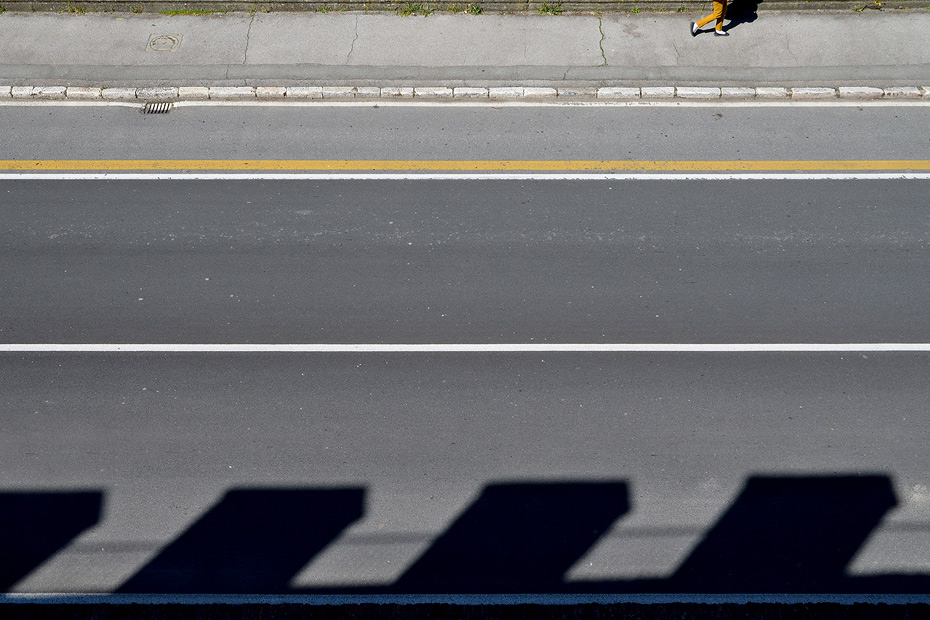 Untitled by Francesca Fascione
Untitled by Francesca Fascione
Jamie Furlong: You have a mixture of black and white and colour in your portfolio. Is this a conscious decision and how do you feel about the two different formats?
Francesca Fascione: I really love black and white, because of the passion for drawing that I mentioned before. Since I’m interested mainly in the graphic aspect of things, often it is the form and the proportion that attracts me, more than the colour, so when I can I delete it, to make pictures more synthetic and cleaner. I usually try to keep the colour only if it is functional to the message and if it has a particular role in the image, but generally I do not have a preference leaning to one or the other, instead I follow the instinct from time to time in front of every individual picture or project. Giving up the colour can be a further step towards minimalism and synthesis, so the challenge of this work was to try to achieve them regardless of the colour.
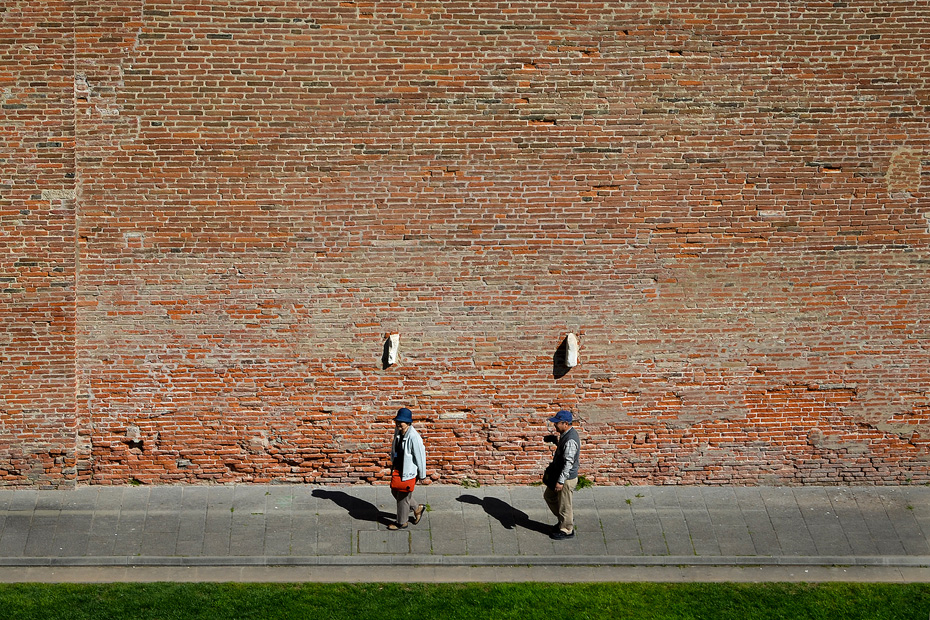 Untitled by Francesca Fascione
Untitled by Francesca Fascione
Jamie Furlong: What’s the street photography scene like in Italy? Are there any contemporary Italian photographers you’d care to mention?
Francesca Fascione: Currently, Italian street photography is more in the background than other genres, but I think we have several good and talented photographers who are standing out in the international scene. In fact we have great Italian masters, from Gianni Berengo Gardin to Enzo Sellerio, to Federico Garolla, and then Luigi Ghirri and Ando Gilardi, who gave us a real photographic treasure as well as a kind of spiritual heritage, an ethic of photography and especially street photography.
The reference point of Italian contemporary street photography is Umberto Verdoliva, who I admire not only for the obvious and undoubted talent as a photographer, but also -and not secondly- for his great humanity, for the passion with which he dedicates his life to sharing and diffusion of the culture of street photography, and to the training of new generations of street photographers. I also cite with pleasure other good Italian photographers that I admire: Adolfo Fabbri, ironic tamer of light, Mario Mencacci, original promoter and lover of architectural street photography, Alex Coghe, Italian but cosmopolitan photographer with international scope.
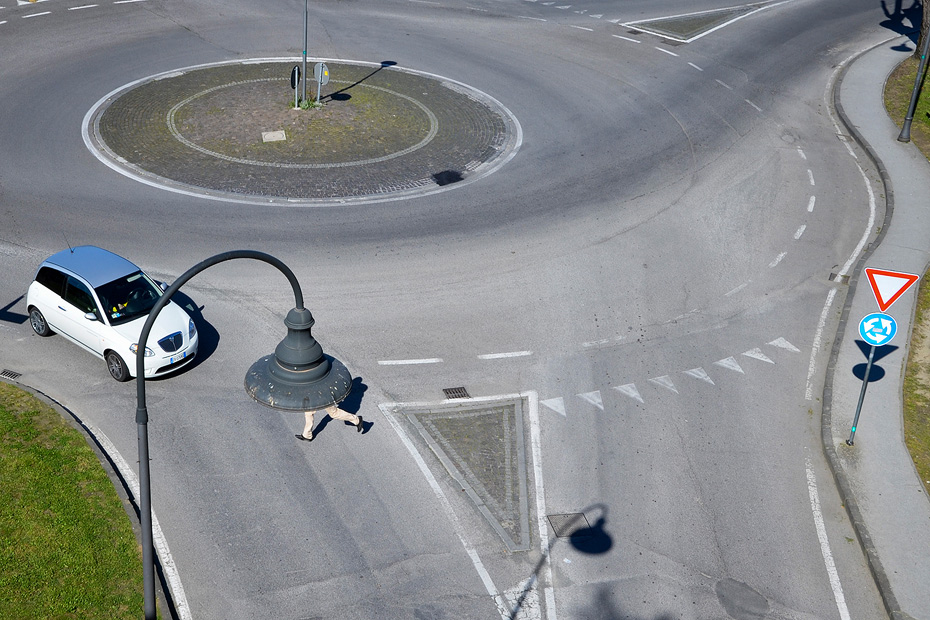 Untitled by Francesca Fascione
Untitled by Francesca Fascione
Jamie Furlong: Tell me about women in photography. Does being a female street photographer help or hinder your art? Are there any female photographers who inspire you?
Francesca Fascione: If it’s true that male photographers are more prevalent than female photographers, it is even more true that in the sphere of street photography the female component is even more restricted. Given that I never like to generalize or make distinctions of class and gender, actually I think that nothing prevents a woman being a good street photographer, after all, intuition, sensitivity, attention to the small things and love for the world around us , these are at the soul of street photography, and are qualities that generally don’t miss a woman. Like always it happens in all things, in this particular environment being a girl has its pros and cons: a girl is generally frowned upon less than a man when she approaches someone and photographs them, on the other hand walking by herself, maybe at unusual times and through “problematic” places, sometimes it may not be prudent. (That’s why I practise ju jitsu. I’m black belt, watch out!)
Coming to the inspirations, the mother of all female street photographers is Vivian Mayer, who really knew how to channel the feminine sensitivity in his shots, leaving us a precious example. Passing to contemporary time I like to mention the Italian street photographer Mary Cimetta, and internationally, Alison McCauley. I think however that in the international scene a large place is occupied by Russian female street photographers, some of them very young -I refer for example to Maria Plotnikova, Elena Maiorova, Anastasia Rudenko.
Jamie Furlong: You’re organizing a photo walk in your favorite city. Which three street photographers would you invite along to accompany you, and why?
Francesca Fascione: “Why” is simple: because for a day I’d see what they see. Appointment in Rome’s Trastevere, 11.00 a.m. , with Sigfried Hansen, Matt Stuart, Felix Lupa. I recommend … on time, and I’ll take care of lunch, of course!
Conclusion
Francesca:
“Working with someone you don’t know personally has been hard and stimulating at the same time; enveloping the same theme with someone who is at the other side of the world, beyond the oceans and the continents, is an exciting and almost surreal experience; collaborating with Jamie, a street photographer with talents and leanings so different from me, has been a great challenge.
When I saw Jamie’s photos for the project, I’ve confirmed the excellent impression that I already had of his work and his photography. Jamie loves people, loves to get closer to his subject and establishes a strong connection with them: I think it has been a complex challenge for him to engage in theme “minimal”, having to remove as many elements as possible. Well, I believe Jamie was completely successful. Considering his permanence on the boat and his sailing through the seas, I thought we would have mainly “naturalistic” pictures, with sea, beaches, woods, whereas Jamie produced very urban scenes. Characterized by excellent light, clear shadows, strong colours.
To segment the body is useful to our theme: the message is devolved upon other elements –the cigarette, the contrast between dress and floor textures, the chromatic and formal connection between shoe and motorcycle, the disconnection between body and shadow. And obviously that eye that emerges in yellow, that by itself captures the look and makes a great photo.
Before the end of the work, I absolutely want to mention and thank Rob Hill and Tristan Parker, who worked and collaborated behind the scenes, as good coordinators and curators, for the success of this project.”
Jamie:
“Francesca’s architectural background is very much apparent when we view her images as a set. Her love of angles, lines, parallels and diagonals are the main feature in most of her images, as is demonstrated in the near-abstract quality of the road and yellow trousered pedestrian. But it is her fourth image of the roundabout that breaks the mould with some beautiful curves, repeated across the image from the signposts, the lamppost and even a well considered curved car. Of course the person disappearing under the lamp post is the clincher and demonstrates perfect timing. This is very much contemporary ‘decisive moment’ street photography.
Also great timing are the two people walking under the two objects hanging from a brick wall and, rather than choosing two random people, Francesca has captured two people seemingly wearing identical hats. Both perfectly positioned under each object. Taking up full two-thirds of the image the study in parallels is well executed with the green strip of grass contrasting nicely with the red brick.
The shadow taking the dog for a walk stands out as quite different to much of Francesca’s work. Here she has stepped right in and got close to her subject. Again, more parallels here but it is the shadow of the Churchillesque dog-walker that really makes this picture stand out.
I’ve really enjoyed working on this mini-project, especially with a street photographer of Francesca’s calibre. Minimal suits her style perfectly and there is much we can learn from her execution. Her study in architecture gives her a keen eye in spotting those minimal foregrounds and backgrounds.
Keep an eye on Francesca, she’s definitely one to watch!”
Source: Urban Picnic Street Photography
Read more interesting posts about Street Photography in our blogs and forum
and here you can find out more about Jamie Furlong and Francesca Fascione.
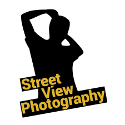
 Follow
Follow
